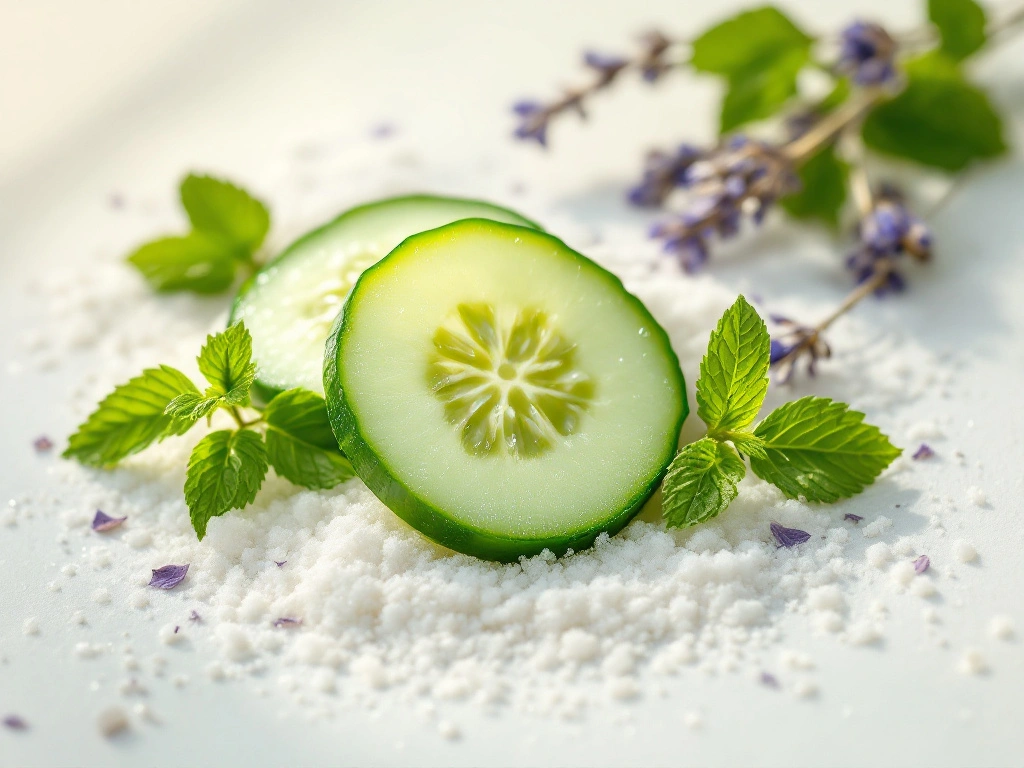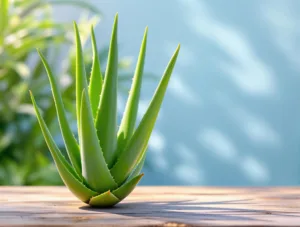The Ultimate Guide to DIY Face Masks: Nourish Your Skin with Kitchen Ingredients
Introduction
In today’s fast-paced world, maintaining healthy, glowing skin can feel like a challenge. With countless skincare products on the market, many of which contain harsh chemicals, turning to natural alternatives is not just a trend—it’s a return to simplicity and efficacy. DIY face masks made from kitchen ingredients offer a cost-effective, chemical-free way to rejuvenate your skin. Whether you have dry, oily, combination, or sensitive skin, there’s a homemade mask that can address your concerns.
This comprehensive guide explores the benefits of DIY face masks, the best ingredients for different skin types, step-by-step recipes, and expert tips for maximizing results. By the end, you’ll have everything you need to create a weekly skincare ritual that leaves your skin refreshed, nourished, and radiant.
Why Choose DIY Face Masks?
1. Free from Harmful Chemicals
Commercial skincare products often contain parabens, sulfates, and synthetic fragrances that can irritate the skin. DIY masks use natural ingredients, reducing the risk of adverse reactions.
2. Cost-Effective Skincare
High-end skincare can be expensive. Ingredients like honey, yogurt, and oats are affordable and often already in your pantry.
3. Customizable for Your Skin’s Needs
Unlike one-size-fits-all store-bought masks, homemade versions can be tailored to target specific concerns, such as acne, dryness, or aging.
4. Eco-Friendly Option
Reducing reliance on plastic-packaged products helps minimize environmental waste.
Key Ingredients for DIY Face Masks and Their Benefits
1. Honey – The Ultimate Moisturizer
- Benefits: Antibacterial, hydrating, and soothing.
- Best for: Dry, acne-prone, and sensitive skin.
- How to use: Apply raw honey directly or mix with yogurt for extra hydration.
2. Yogurt – Gentle Exfoliation and Brightening
- Benefits: Contains lactic acid to exfoliate dead skin cells and promote a brighter complexion.
- Best for: Dull or uneven skin tone.
3. Oatmeal – Calming and Soothing
- Benefits: Reduces inflammation and gently exfoliates.
- Best for: Sensitive or irritated skin (e.g., eczema or rosacea).
4. Avocado – Deep Hydration
- Benefits: Rich in healthy fats and vitamins E and C.
- Best for: Dry or mature skin.
5. Turmeric – Anti-Inflammatory and Brightening
- Benefits: Reduces redness and hyperpigmentation.
- Best for: Acne-prone or uneven skin tone (use sparingly to avoid staining).
6. Lemon Juice – Natural Astringent
- Benefits: High in vitamin C, helps fade dark spots.
- Best for: Oily or acne-prone skin (dilute to prevent irritation).
DIY Face Mask Recipes for Every Skin Type
1. Hydrating Mask for Dry Skin
Ingredients:
- ½ ripe avocado
- 1 tbsp honey
- 1 tsp olive oil
Instructions:
- Mash the avocado until smooth.
- Mix in honey and olive oil.
- Apply to clean skin, leave for 15-20 minutes, then rinse with lukewarm water.
Benefits: Deeply moisturizes and restores skin elasticity.
2. Clarifying Mask for Oily/Acne-Prone Skin
Ingredients:
- 1 tbsp bentonite clay
- 1 tsp apple cider vinegar
- 1 tsp honey
Instructions:
- Mix clay and apple cider vinegar to form a paste.
- Add honey for antibacterial benefits.
- Apply, let dry for 10-15 minutes, then rinse.
Benefits: Absorbs excess oil and reduces breakouts.
3. Brightening Mask for Dull Skin
Ingredients:
- 1 tbsp plain yogurt
- 1 tsp turmeric
- 1 tsp lemon juice (diluted)
Instructions:
- Combine all ingredients.
- Apply evenly, leave for 10 minutes, then rinse.
Benefits: Exfoliates dead skin cells and enhances radiance.
4. Soothing Mask for Sensitive Skin
Ingredients:
- 2 tbsp oatmeal (ground)
- 1 tbsp honey
- 1 tbsp aloe vera gel
Instructions:
- Blend oatmeal into a fine powder.
- Mix with honey and aloe vera.
- Apply gently, leave for 10 minutes, then rinse.
Benefits: Calms redness and irritation.
Tips for Maximizing Results
- Patch Test First – Apply a small amount to your wrist to check for allergies.
- Use Fresh Ingredients – Avoid using spoiled or expired items.
- Apply on Clean Skin – Always start with a freshly washed face.
- Don’t Overdo It – Limit masks to 1-2 times per week to prevent irritation.
- Follow with Moisturizer – Seal in hydration after rinsing.
Conclusion: Embrace Natural Skincare
DIY face masks are a simple yet powerful way to enhance your skincare routine without relying on synthetic products. By using ingredients from your kitchen, you can create customized treatments that address your skin’s unique needs. Whether you’re looking to hydrate, clarify, brighten, or soothe, there’s a natural solution waiting for you.
Final Tip: Start with a basic honey and yogurt mask if you’re new to DIY skincare—it’s gentle, effective, and suitable for most skin types. Commit to a weekly masking ritual, and over time, you’ll notice healthier, more radiant skin.
Would you like additional variations for specific skin concerns? Let us know in the comments!









Add comment